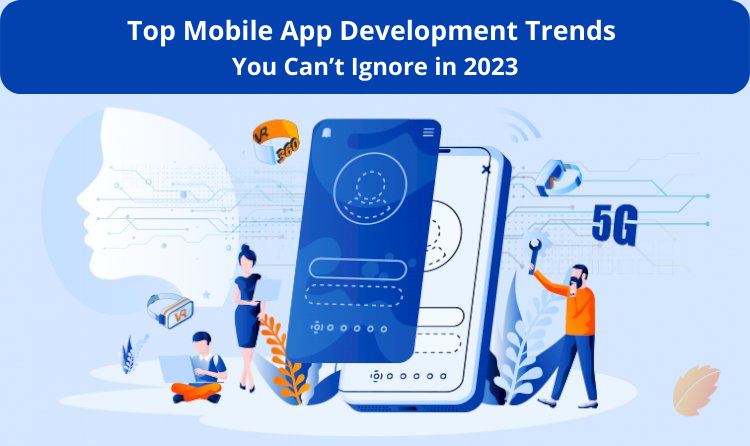Start your dream project?
We have a TEAM to get you there.The world of mobile app development changes rapidly with innovations and technology breakthroughs happening every day. Still, some trends rise to the top of the list regarding significance.
So let’s take a quick look at this video to learn more about latest mobile app development trends that you can’t ignore in 2024.
You’ve built your mobile app, but how can you guarantee it will remain competitive in the months and years? To keep ahead of the curve, you must stay up-to-date on the latest mobile app development trends.
11+ Top Mobile App Development Trends in 2024
Here you can have a quick look at the latest technologies and trends to integrate with mobile apps.
With the exponential growth of mobile users worldwide, there’s no telling where the technology may take us in the coming years — but here are some mobile app development trends that are set to define 2024.
1. 5G Technology
5G is an emerging wireless communications technology set to enhance the user experience with data download speeds as fast as 50 megabits per second. Imagine having the power to do anything from downloading a movie in seconds or transferring a photo in a matter of milliseconds.
Sounds awesome, right? With 5G promising such fantastic advancements, it’s worth learning about this up-and-coming technology.
How 5G technology impact mobile applications in 2024?
Here is how 5G technology will impact mobile applications:
- 5G will improve download speeds by as much as four times and is projected to provide a 50% increase in upload speeds.
- With 5G’s ability to handle more concurrent connections without slowing down, this will also make mobile device applications even more seamless than they are today.
- In the same way that 4G has helped pave the way for video streaming and other high-bandwidth applications on mobile devices, 5G will bring faster downloads of videos and other media-rich content.
- We predict that 5G will become the global standard within ten years, paving the way for augmented and virtual reality technologies.
- For businesses leveraging these emerging technologies now, it’s never been more important to start planning your app development strategy around how these technologies can be integrated into your business model now or in the future.
2. Artificial Intelligence
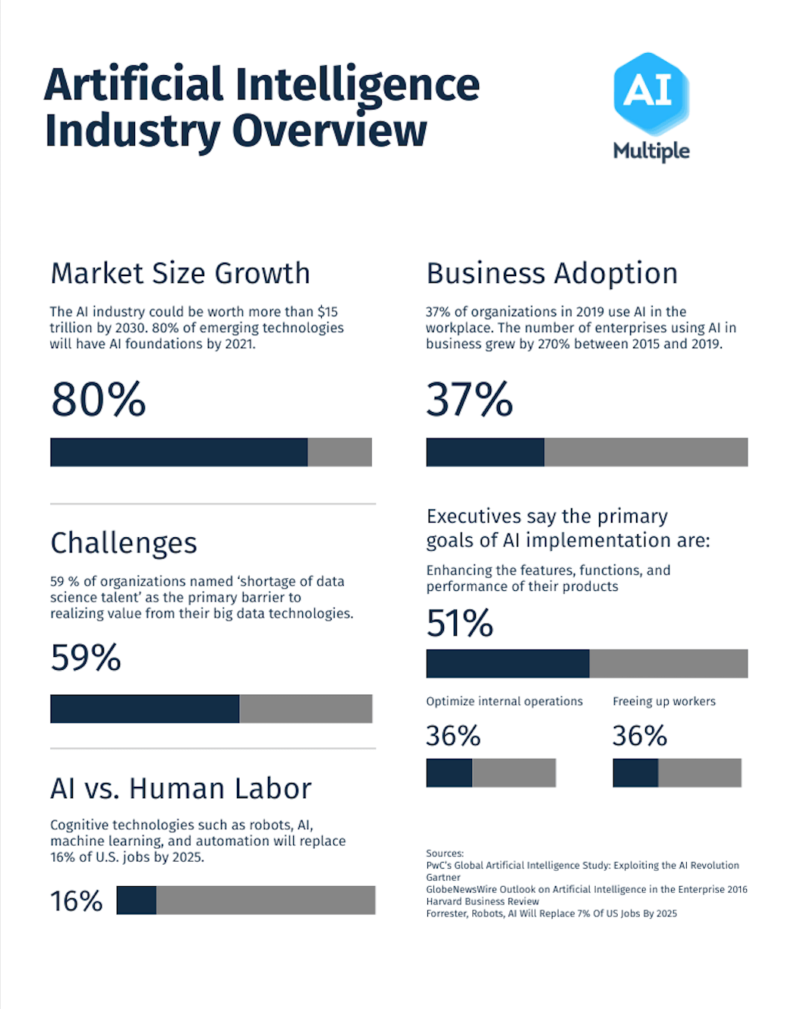
Developers and businesses will increasingly rely on Artificial Intelligence in their mobile apps, making them smarter and more capable. As chatbots use AI to understand user requests, they’ll be able to respond more appropriately.
There are already apps available today that employ this technology. They can interact with a device’s location data or augmented reality features.
Users can say or type their requests to get relevant information. Artificial Intelligence is also applied in mobile enterprise apps because it helps ensure security with new and emerging mobile devices such as wearables and IoT devices (Internet of Things).
These advancements in mobile app development should result in increased use by enterprises that traditionally have deployed legacy desktop applications like ERP software suites.
How will AI impact mobile app development?
Here are ways AI will impact mobile app development:
- AI will help mobile app developers write more sophisticated and realistic chatbots, often used in customer service to answer customers’ questions.
- Chatbots will also become increasingly advanced, with voice recognition becoming standard.
- This will hugely impact traditional human tasks such as answering phones or taking down orders in restaurants because chatbots can do it faster, more accurately, and at any time of day
- Voice recognition is the best example of AI changing how we interact with mobile apps- by giving bots a vocal sidekick with which they’ll be able to hold conversations using natural language
- By enabling conversational user interfaces (CUI), companies can optimize their customer service
- Chatbots can automatically identify whether a person asking for assistance is an existing customer or not
- For brands that sell products through physical retail stores, these bots will lead to personalized interactions between employees and customers
- It’s predicted that by 2020 there will be an additional 13 billion hours per week available for us humans to do other things
- The bottom line: chatbots and other forms of artificial intelligence make managing business much easier
3. Blockchain in Apps
Blockchain technology provides a decentralized, transparent database that can securely store user data without relying on centralized servers. It gives users control over what information they share with apps and the power to decide who gets access.
Several Blockchain-powered app development tools make it easy to implement Blockchain features in mobile apps, so it’s easier for app developers and marketers to incorporate these cutting-edge technologies into their strategies.
How will Blockchain impact mobile app development?
If you are an app developer, understanding how Blockchain will impact mobile app development will be critical in creating future apps.
- Blockchain technology could change how we think about apps, as blockchain-based distributed ledgers create a platform that would offer an immutable and secure system of record.
- It would enable transactions between users of mobile applications.
- Furthermore, it would allow smart contracts that use this logic to automate processes. That means with such a contract, your application can take care of many functions without requiring any human input from you or your customers.
- These agreements not only reduce costs but also eliminate room for error because they are written in code that cannot be altered once published onto the blockchain.
- They also assure both parties that each party is compliant with all regulations while establishing enforceable standards through regulatory compliance checks on certain aspects like taxation, customs, and more.
Read More: 10 Best Food Delivery App Ideas For Startups In 2024
4. Voice-first Interfaces and Conversational UIs
Voice-first interfaces and conversational UIs with chatbots are major trends that will increase in the next five years. Users are increasingly going online via voice commands through smart speakers such as Amazon Alexa and Google Home.
Chatbots can also be developed using artificial intelligence technologies incorporated into mobile applications. Conversational UIs allow users to have a dialogue with the application without having to enter it by hand or speak out loud.
This is important because data shows that people tend to abandon apps after 3-4 attempts if they cannot complete their desired goal on the first try. Chatbots allow more flexibility, making it easier for the user’s goals and needs to be met, which will likely lead them to remain engaged with your application.
How will voice-first interfaces help mobile apps?
Voice-first interfaces make it easier to use apps without being tethered to a screen. Voice-first interactions can simplify the mobile app development process and improve customer satisfaction. Here are some ways Voice-first interfaces help mobile apps:
a) Users can complete tasks while doing other activities, like driving.
b) Speech allows disabled users or customers with limited mobility to interact with their phones.
c) With voice-based commands, there’s no need for manual input or data entry on the phone, so users don’t need to type anything in when they’re not on their device.
d) These interfaces are intuitive, easy to learn and create a more personalized experience for each user.
e) The ability to track the progress of action removes some of the pain points associated with mobile app development.
f) Voice-based features also provide more real estate on display since all that is needed is text and speech bubbles (vs. pictures).
5. Edge Computing
In short, edge computing is a new system of remote processing. Rather than sending data back and forth between the server and the user in real-time, as we do now with high-speed Internet access, edge computing sends data only when needed.
A wide range of devices can act as sensors on the edges of networks: cameras, phones, watches, and PCs. These sensors are equipped with software that assesses what they are sensing.
The device then communicates its findings to an artificial intelligence engine in the cloud. The AI decides what to send back and how long until the next transmission, based on which data matters most or might have changed since the last transmitted.
How will edge computing impacts mobile app development?
a) Edge computing will make it easier and more affordable to extend the capabilities of existing mobile applications.
b) Developers can use edge computing technology to tap into low-latency connectivity and transfer data across the internet in milliseconds.
c) Other benefits include lower bandwidth usage, improved user experience, increased security and privacy, and greater reliability.
d) Edge computing helps developers keep up with current standards by reducing latency from milliseconds to seconds.
e) This capability is critical when high-speed internet connections are not available or do not exist.
f) In addition, edge computing offers several other advantages that can help you create richer, more innovative apps.
6. Cloud Technology
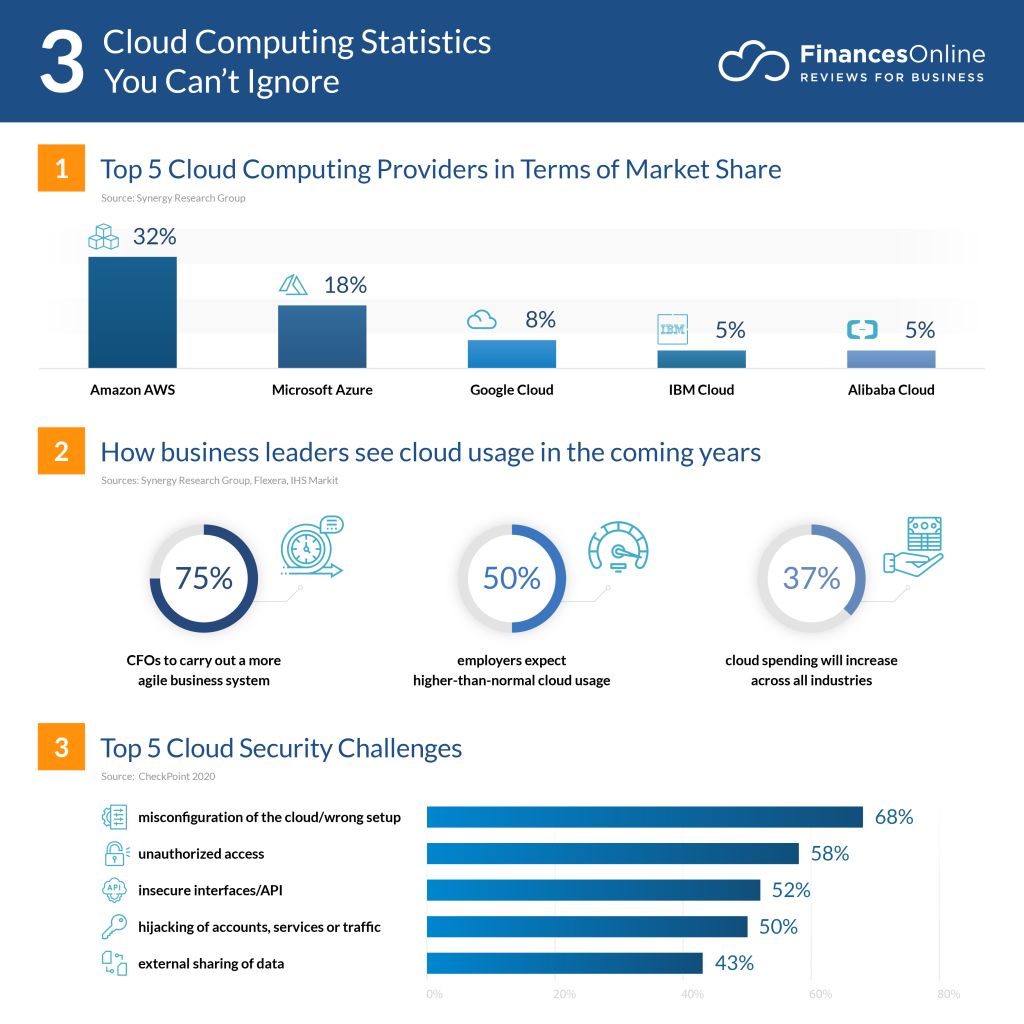
Mobile apps are increasingly being viewed as strategic business tools rather than just sources of entertainment. Cloud technology is at the forefront of this evolution, and its implications will be tremendous.
With cloud computing infrastructure located in remote data centers rather than on local devices, users can enjoy faster app loading times, a more reliable connection, and lower company storage costs.
As more major players such as Microsoft and Google get into the mix with their clouds, look for these trends to continue evolving in the future.
How will cloud services impact mobile app development?
Cloud services will impact mobile app development in a variety of ways.
a) For one, they provide fast and secure cloud storage of files and data, often without charge, which means you can keep your database on the cloud instead of locally.
b) Cloud services offer scalable computing power, perfect for intensive operations or making an app run smoothly, no matter how many users use it simultaneously.
c) Most new devices come with greater connectivity and data storage capabilities, making using a third-party provider less necessary.
d) The same goes for companies that might have started small but have grown into large corporations; this technology empowers them to store their information privately and securely, with little need for external help.
e) Lastly, there’s always the option of cloud as a service (CaaS) if you want full responsibility for maintaining your infrastructure while outsourcing your computing needs!
All these benefits combine to increase efficiency and reduce the overall cost of development – excellent news for smaller developers who may not have the funds to meet growing demand.
7. Low Code Development Systems
Today, there are many ways that an organization can create software, but the Low Code Development Systems method is a proven way to have a tangible and immediate digital experience.
Low Code Development Systems offer interactive application design for any size company with limited resources. A company’s data will remain secure because of its backend integration with business logic; no coding is required.
The Low Code Development System streamlines the process by allowing designers to produce apps with their knowledge and creativity. The system includes easy-to-use drag-and-drop functions, offers automated workflow handling, and helps users keep app development costs low through on-demand modules.
With new updates being released every few months, it’s no wonder why this system has been growing in popularity!
How will low code development impact mobile apps?
Although coding is still important, Low Code Development allows people with no coding experience to quickly build and manage mobile apps. The top ways Low Code Development impacts mobile app development are listed below.
a) Easier developer recruitment- Many apps can be built in a short amount of time, so there is less need for specialists with code expertise. This makes finding competent developers much easier and also provides more opportunities within the workforce as developers can move between jobs more easily as demand changes.
b) Faster app development cycles- Whether outsourcing or internally hiring, Low Code Development means you can develop your application faster without losing quality. Reducing time spent creating your product means you can start marketing it sooner, which can greatly impact your bottom line revenue.
c) Speed matters, especially when getting your app in front of customers becomes tougher due to increased competition. By using Low Code Development tools, developers can create products quicker than ever while retaining the same quality they’re known for.
d) Higher usability and user adoption rates- With Low Code Development platforms like Xamarin’s Forms, you don’t have to write complex code in order to create a functional prototype.
Instead, forms will generate basic prototypes for common tasks such as login screens, contacts lists, and other day-to-day actions. It’s easy for both users and developers alike to understand how these applications work because they’re based on common interfaces we’ve all used countless times before.
8. Wearables Can Perform Additional Functions
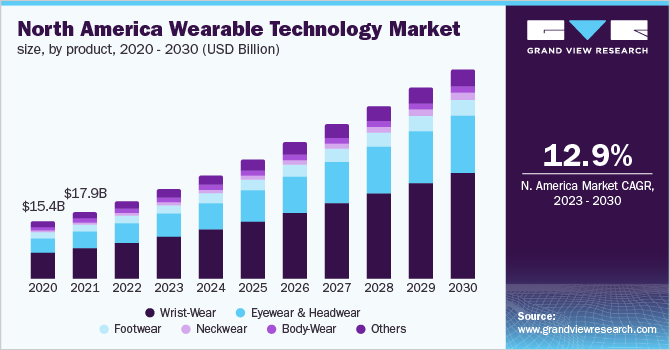
Wearable devices can help diabetics monitor blood sugar levels and alert them when their glucose drops below a certain threshold. The wearable can also sense when the wearer has been inactive for too long and will prompt them to go on a walk around the block.
Additional functions of wearables might include measuring vital signs like heart rate or blood pressure, reading your emotions, tracking sleep quality, or even monitoring your location at all times. Wearables are not just trendy items you wear; they provide an additional level of health insight into what is happening in your body.
Wearables represent a new era of medical technology that connects with our personal lives. How we work out, how much we sleep, where we’re going- these are all things that wearable devices track. This data is used to deliver personalized insights about our health and wellness.
And so far it’s being met with rave reviews from consumers. According to recent research from Google Analytics published by Forbes, wearables currently have the highest satisfaction rating across all types of smart device categories.
Read More: 8 Ways To Boost App Engagement With Mobile App Monitoring
9. Big Data
Another area that is generating a lot of discussion among experts is the use of Big Data. Essentially, Big Data refers to gathering and analyzing vast amounts of information to glean useful information.
This can be done by just about anyone with access to a computer and has applications across many industries. Its potential is exciting, but it’s important that organizations treat data responsibly and do not overuse it or reveal confidential information.
How big data will impact mobile apps
Here are how big data impact mobile apps:
a) User Experience: Mobile apps are shifting towards making the experience as seamless and quick as possible. This trend is based on research that mobile browsing speeds have declined substantially over the last few years. As consumers’ attention spans continue to shrink, mobile apps must be focused on decreasing page load times and providing a great user experience.
Ultimately, big data is used in this area by suggesting what may be a better way of interacting with the app and targeting which areas of the app need more work on improving the user experience.
b) Personalization: With so many apps available on various devices, businesses must personalize their brand’s interactions with customers and tailor the products they offer to customers’ needs. Whether your company is an online store or a brick-and-mortar business, there are ways to use big data to predict your customer’s future purchase behavior and deliver ads specific to them.
One of the most important aspects of an individualized approach is accurately identifying all your different customers. Previously, you would typically rely on information such as age, gender, location, and income level to create these profiles.
However, thanks to big data, marketers can now create a comprehensive profile of each individual without having access to any demographic information about them. By collecting non-personal identifiable metadata from users (such as IP addresses), companies can easily detect demographic trends without ever knowing who these people are!
c) Reaching new audiences: A final major impact of big data is increased reach for brands looking to grow their customer base. There are now several platforms where companies can advertise campaigns specifically targeted at different demographics, like Facebook Ads Manager and Google AdWords.
10. Internet of Things
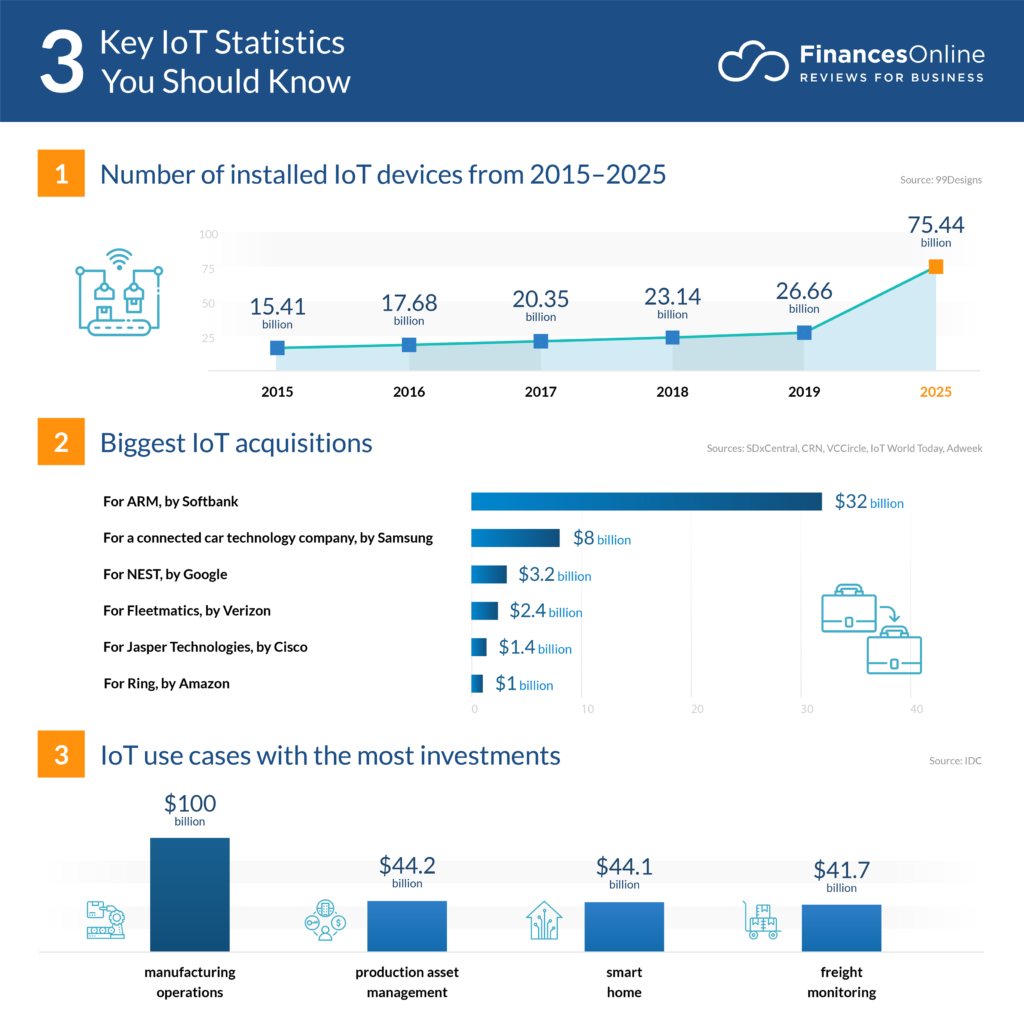
The internet of things (IoT) is the network of devices that contain electronics, software, sensors, and connectivity that enable these objects to collect and exchange data. This technology has been around since the late 90s and has grown dramatically, with an estimated 8.4 billion connected devices worldwide in 2020.
These devices range from coffee pots, light bulbs, traffic lights, watches, and headphones. With this new technology predicted to expand at a rate of nearly 3-5% every year, there is no doubt that it will continue to grow in prevalence and complexity.
How will the Internet of Things impact mobile apps?
a) The Internet of Things has the potential to change the way people interact with their apps. The trend will continue for apps that provide new, meaningful ways of enhancing our everyday lives.
Apps that measure and predict behaviors are becoming more common as connectivity increases, generating data from sensors, voice control, and facial recognition to tailor offers based on a person’s habits and interests. This will be one of the most critical mobile app development trends over the next decade.
b) Customers want easier and more personalized experiences with their phones. As technology becomes ever more connected, this trend becomes even more prevalent as consumers seek convenience, customization, and mobility.
From touchless controls (where you don’t need to touch your phone physically) to biometric security systems (which recognize your face or fingerprint), services like Apple Pay (which allows users to make payments using their devices) are just the beginning of what we can expect in the future.
c) Millennials have never known life without smart technology, so they’re demanding a streamlined experience through which they can shop, bank, manage social media accounts – everything! In turn, this pushes retailers and financial institutions toward simplifying their user interface and providing an all-in-one approach for millennials’ convenience.
d) Another key impact of IoT is that it makes it possible to know when something needs fixing before it breaks. Maintenance engineers could use sensor data to detect problems before they happen, meaning there’ll be less disruption to businesses and homes when things go wrong.
e) Because IoT gives businesses access to valuable information about customers, such as purchase history, geolocation patterns, and website browsing behavior, brands can create targeted marketing campaigns that are more relevant than ever before – leading customers away from generic advertising tactics like TV commercials and radio ads and onto platforms where they’re likely already engaged with content on their device.
11. PWAs and Instant Apps
This year, more than fifty percent of developers will be able to build a Progressive Web App in just eight hours. With the launch of Chrome 67, PWAs have landed on the desktop, offering the same experience you would expect from a mobile app. With increased speeds, reliability, and reduced costs, they are poised to take off in the next few years.
In addition, PWAs are changing our conception of what an app is. PWAs can bridge the gap between web and native apps through cross-platform compatibility and instant load times, thanks to AMP and WAI-ARIA support in HTML5 markup.
PWAs are a welcome reprieve from the never-ending update cycle. PWAs bring features that allow users and companies more control, privacy, and flexibility than possible on an app store. To be successful in today’s mobile market, you need to take the time to get acquainted with this emerging technology. The new world of PWAs is at your fingertips!
How will PWAs impact mobile apps?
a) PWAs give mobile users an experience that is consistent across platforms and devices.
b) PWAs are shareable with little friction so users can distribute them easily.
c) PWAs reduce the need for third-party app stores, which can be a security risk because of vetting and updates issues.
d) The user’s data isn’t locked up in one device when using a PWA, which means they get the benefits of mobility without the risks associated with carrying sensitive information on their phones (e.g., cash, social security numbers).
e) PWAs don’t require installation or management by any individual or organization.
f) One of the major advantages of PWAs over native apps is that developers don’t have to manage separate code bases for every platform; instead, they can use languages like HTML5, CSS3, and JavaScript across all platforms where the browser supports it–so once again developers save time by not having to develop separate applications for each platform supported by their application logic!
12. Instant Downloading and Streaming Video Games
Today’s mobile applications have taken over our lives and offer the opportunity to connect with more people than ever. One trend we’re seeing is that developers are capitalizing on this flexibility by designing mobile apps where instant downloading and streaming video games are the norms.
With these apps, players can get through a whole game without waiting– they’re always on. But at what cost? The other big issue when dealing with instant downloading and streaming video games is an oversaturation of the market.
These apps give you everything you want, but there’s only so much time to enjoy them all in a day. Many gamers find themselves feeling like their playing experience has been robbed of them because of all the choices available to them on their phone or tablet! It becomes difficult to focus on one game when you know ten others are just as fun waiting for you on your device.
So how do we solve this problem? We must be aware of our limits and mindful of which games we choose. Secondly, app designers should be working on solving the lag issues that happen when games are constantly being streamed onto your device. And finally, it’s important for us as users to make sure we keep looking out for trends happening in gaming and technology- don’t let yourself get lost in all the changes happening around you!
Conclusion
The bottom line is that the app industry is booming, and there are several ways to make your app stand out. The key is going with someone who has experience in this arena. Hire mobile app developers in India now so you can position yourself at the front of the pack.
It will be worth it because you’ll enjoy some great benefits from investing in an app, including increased exposure, higher revenue streams, and a competitive edge. In today’s fast-paced environment, new technology innovations change daily, pushing the bar even higher for what customers want. Keep up with these trends to stay on top of things in the future!
FAQs
What Are The Latest Trends For Android App Development?
Android mobile apps are increasingly popular, and developers are incorporating the latest trends to ensure users have an enhanced experience. Here are some of the top trends to watch out for in 2024:
-Voice User Interfaces: Voice user interfaces (VUIs) are becoming more common as they allow for hands-free control of Android mobile apps. VUIs can be used to perform complex tasks, such as scheduling meetings, playing music, and even controlling smart home appliances.
-Artificial Intelligence: AI is being integrated into Android mobile apps to create an improved user experience. AI can understand natural language and respond with appropriate action, allowing users to interact with the app quickly and conveniently.
-Machine Learning: Machine learning enables Android mobile apps to learn from user behaviour and customize the user interface accordingly. This ensures users have a personalized experience and increases engagement.
-Instant Apps: Instant apps are designed to load quickly and run without installation. They are perfect for users who don’t have time to download and install a full version of the app, but still want access to certain features.
-Cloud Storage: Cloud storage allows users to store their data on the cloud rather than on their device. This reduces the amount of storage space required on the device and enables users to access their data from any device.
What Are The Future Trends in Mobile App Development?
The mobile app industry is always evolving and changing. In the coming years, there are some trends that will be essential for developers to understand and use. Here are some of the most important mobile app development trends to look out for in 2024:
– Cloud-Based Development: Mobile apps built with cloud-based tools will allow for faster development and deployment, as well as more frequent updates.
– Artificial Intelligence: AI and machine learning technology will allow apps to become more personalized and efficient.
– Augmented Reality: AR has become increasingly popular in recent years, and its use in apps is expected to continue to rise.
– Security: App security is a top priority, so users can trust their data is safe and secure.
– 5G: As 5G networks become available, developers should focus on creating apps that utilize its speed and latency.
– Voice Search Optimization: Apps will need to be optimized for voice search to ensure they’re easy to find and access.
You can also check our other services:
Hire Mobile App Developers in India, Hire Xamarin App Developer in India, Hire iPhone App Developers in India, Hire Android App Developers in India, Hire Flutter App Developer in India, Hire React Native Developers in India, Hire Kotlin Developer in India, Hire Web Developer in India, Hire PHP Developer in India, Hire Laravel Developer in India, Hire Nodejs Developer in India, Hire Microsoft Developer in India, Hire ASP.NET Developer in India, Hire Angular.js Developer in India, Hire React.js Developer in India, Hire E-commerce Developer in India, Hire Magento Developer in India, Hire WordPress Developer, Hire AI Developers in India, Hire Java Developers in India, Hire Python Developers in India, Hire Javascript Developer in India, Hire AR/VR Developers in India, Hire Blockchain Developers in India

